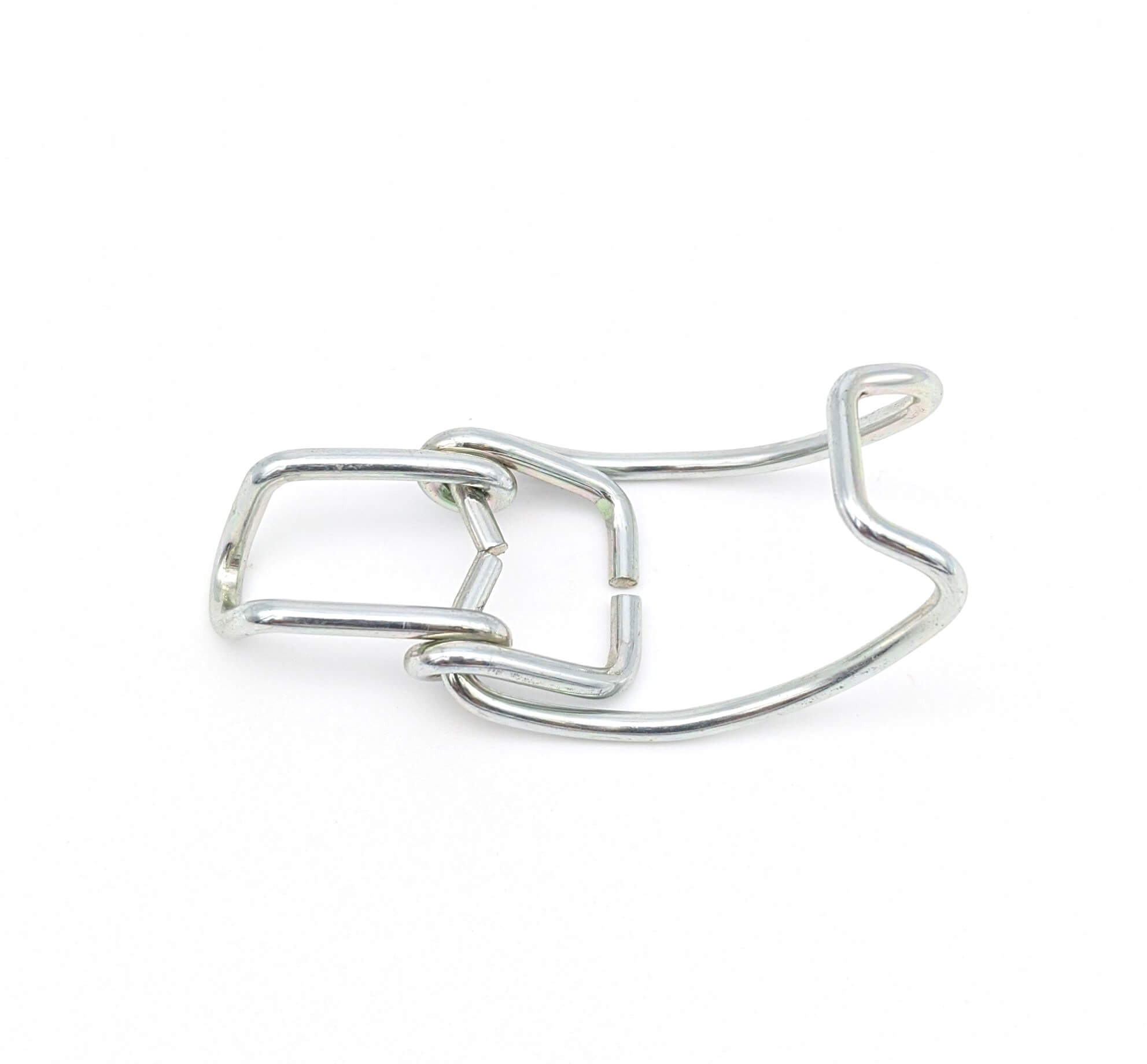Get unique, complex parts easily. No matter your requirements, Chaoyi Spring creates hard-to-produce coil springs and wire forms.
Let us help you create the custom wire form you need, from S-hooks and J-hooks to utility hooks and more.
We work closely with customers across a wide range of industries, helping them design and manufacture made-to-order parts.
Why choose Chaoyi Spring? We prioritize customer-focused collaboration, modern equipment and the latest technology to make your parts per print.
Find the information and guidance you need, from measuring a spring to learning about materials, placing an order and much more.
Have you ever wondered about the energy stored within a compressed spring? It seems so simple, just a coiled piece of metal, yet it holds the potential to propel a


Have you ever wondered about the energy stored within a compressed spring? It seems so simple, just a coiled piece of metal, yet it holds the potential to propel a toy car, launch a projectile, or even power a complex mechanism. This seemingly innocuous object is a marvel of physics, capable of storing and releasing energy in a way that's both fascinating and useful. This article delves into the heart of this intriguing phenomenon, exploring the type of energy a compressed spring possesses and its implications for our understanding of the world around us.

A compressed spring, like a coiled-up spring in a toy or a car suspension system, holds a specific type of energy known as **potential energy**. This energy is not active like the energy of a moving object (kinetic energy), but rather it is stored energy waiting to be unleashed. Imagine a spring as a tiny, invisible rubber band holding the atoms within the metal tightly together. When you compress the spring, you are essentially stretching these invisible rubber bands, storing energy in the process.
The potential energy of a compressed spring is a result of its **elasticity**, meaning its ability to deform under stress and then return to its original shape. When a spring is compressed, the bonds between its atoms are stretched, storing the energy in the form of **elastic potential energy**. This stored energy is ready to be released when the force compressing the spring is removed.
When you release the compressed spring, the stored potential energy transforms into kinetic energy. This means the spring starts moving, either expanding back to its original shape or propelling an object attached to it. This energy conversion is a beautiful example of the fundamental laws of physics in action.
Think about the various applications of springs. In a toy car, the compressed spring provides the initial thrust, propelling the car forward. In a car's suspension system, the compressed springs absorb the impact of bumps and dips in the road, converting the kinetic energy of the car into potential energy stored in the spring. These examples demonstrate how the stored energy in a compressed spring can be utilized for different purposes.
The amount of potential energy stored in a compressed spring is directly proportional to how much it is compressed. This relationship is defined by **Hooke's Law**, a fundamental principle of physics that governs the behavior of springs. Hooke's Law states that the force exerted by a spring is directly proportional to its displacement from its equilibrium position. The constant of proportionality is known as the **spring constant**, which indicates the spring's stiffness.
In simpler terms, the more you compress a spring, the more force it will exert when released. This relationship is crucial for engineers designing springs for various applications, allowing them to calculate the appropriate spring constant and compression for specific requirements. For example, a spring used in a car suspension system needs to be able to absorb a considerable amount of force, requiring a higher spring constant than a spring used in a simple toy.
The ability of springs to store and release potential energy has led to countless applications in various fields. From everyday objects to complex machinery, compressed spring energy plays a vital role in our world.
Here are a few examples:
These examples demonstrate how the seemingly simple act of compressing a spring has far-reaching consequences and contributes to the functionality of many devices we encounter in our daily lives.
The potential energy stored within a compressed spring is a testament to the fascinating principles of physics. This simple object, with its ability to absorb and release energy, plays a vital role in countless applications. It demonstrates how energy can be stored and converted, highlighting the interconnectedness of the physical world.
So, the next time you encounter a compressed spring, whether it is in a toy, a car, or a door closer, remember the hidden power it holds within. It is a small yet powerful example of the fundamental laws of physics that govern our universe.
The seemingly simple action of compressing a spring unveils a world of scientific wonder. From the everyday joy of toy cars to the intricate workings of complex machines, the stored potential energy of a compressed spring plays a vital role in shaping our world. It's a reminder that even the smallest things can possess tremendous power, waiting to be unleashed.
Browse some of the custom wire forms and springs that we manufacture. Don’t see what you need? We specialize in made-to-order products that meet your application requirements.
Visit Our GalleryNeed a custom wire form or coil spring? We make it work. Fill out the contact form and a representative will respond within 1 business day. If you have a PDF or CAD file, you can submit to request a quote.